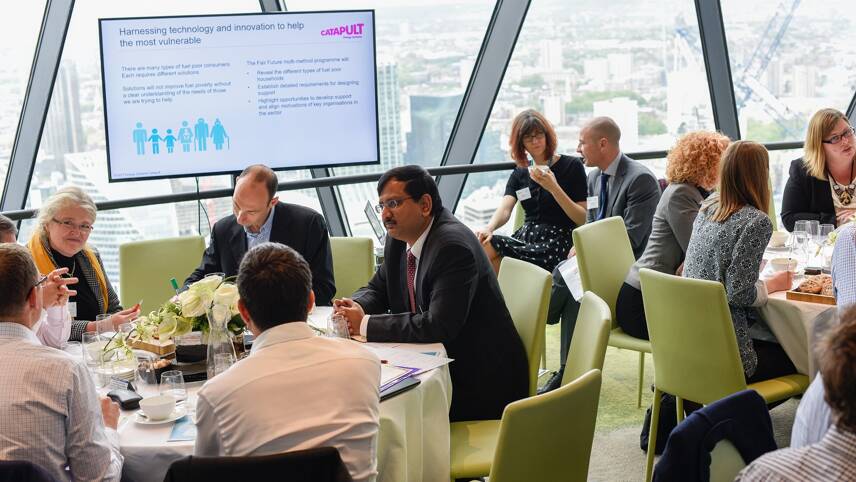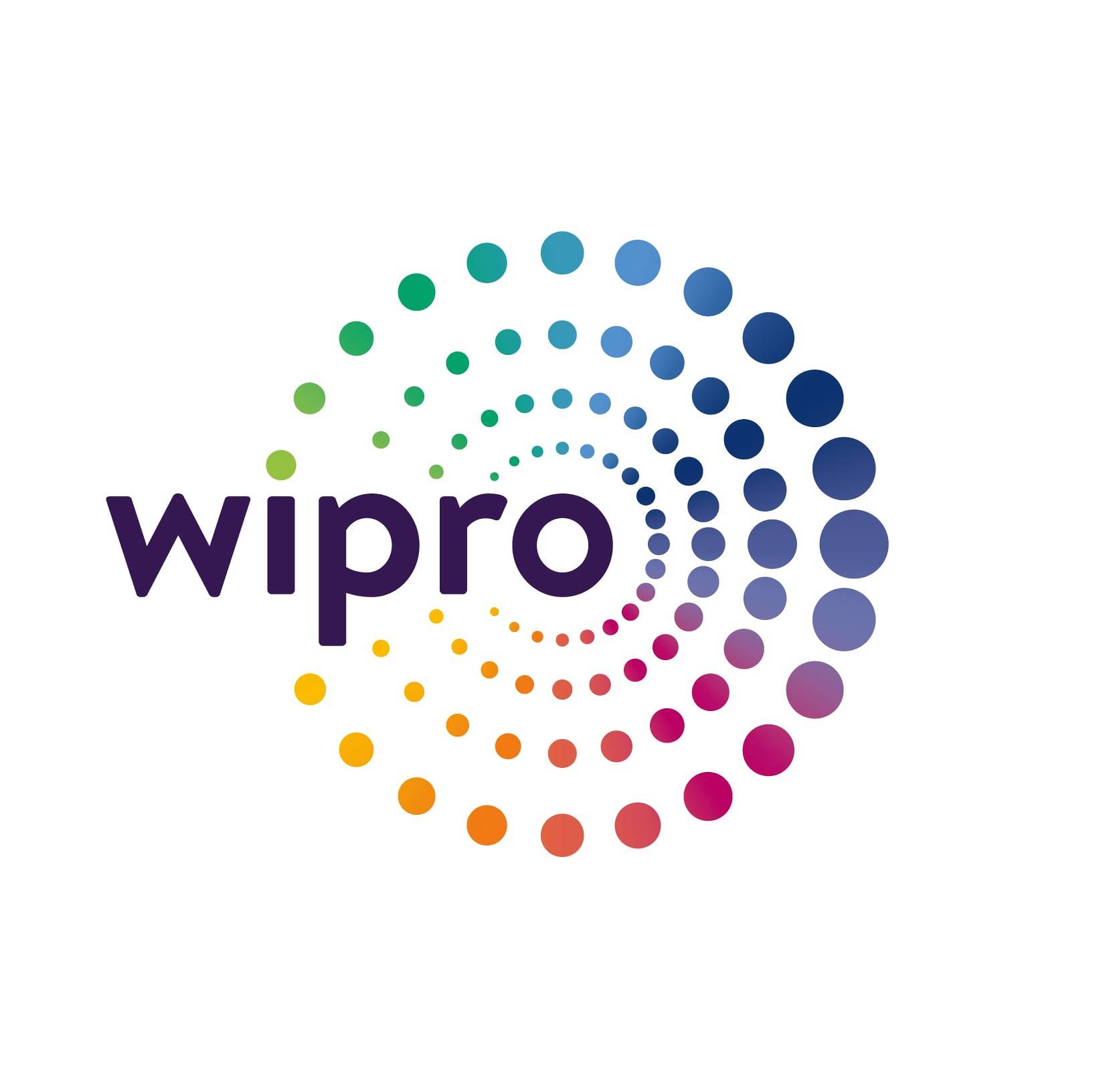This is the Sponsored paywall logged out

A May meeting of the Utility Week-Wipro Technology and Innovation Council asked how utilities can push beyond panels and focus groups to deliver innovation which engages all customers.

Customer-led innovation is the new Holy Grail for utilities, which are generally struggling to improve difficult relationships with the individuals and communities they serve.
Across energy and water, in regulated utilities we have seen increasing levels of customer input into business planning mandated by Ofgem and Ofwat. In energy retail, big companies have been challenged by new entrants to show that scale does not need to mean the loss of personalised service.
Outgoing Eon UK chief executive Tony Cocker recently told Utility Week that its shift to customer-focused operations, in which employees are empowered to “do the right thing” was essential to prevent Eon from becoming “a faceless organisation”.
But although many utilities have made leaps forward in understanding their customer base and involving customers in their plans for change and innovation, there is huge scope to do more. In particular, there’s a need for a more strategic use of technology to reveal habits and lifestyle choices which could be served with new products or services. There is also a pressing need for utilities to ensure their most needy customers receive as much attention and benefit from innovation as their engaged and affluent contemporaries.
At a recent ideas exchange workshop for members of the Utility Week-Wipro Technology and Innovation Council, these challenges were addressed directly, with speakers from a variety of backgrounds sharing insights and debating key questions about the impact technology and vulnerability could or should have on utility approaches to customer-led innovation.
“You don’t know what you can’t see. We need to fully understand the problem of customer vulnerability, then you can offer a solution.” Kishor Gowdra, global head of solutions, Wipro
The workshop was held at 30 St Mary Axe, better know as the ‘Gherkin’, in central London. It was opened by Tom Hartland, design lead at Bromford Lab, an innovation unit run by Bromford housing association.
Hartland spoke of the innovation methodologies Bromford uses to deliver customer-led innovation, and though he said the lab does use “customer panels” he cautioned that relying on such groups to guide ideas generation or veto ineffective solutions can be dangerous – other speakers agreed.
Instead, Hartland emphasised that those with responsibility for delivering innovation must have clear methodologies for maintaining pace, moving ideas quickly from the drawing board into a process of iterative testing which can be analysed, tweaked and retested, engaging end users and monitoring their responses to changes.
He warned that being slow to pick up and test ideas can often cause “enthusiasm to die out”, and that wrapping innovation schemes in overt bureaucracy can suffocate good ideas. In debate, council members agreed, but also identified that companies need ways to ensure quality control in innovation, so that time and money is not wasted on chasing ideas that will not be useful.
This observation spoke directly to Hartland’s second key point, that innovation must begin with a clearly defined problem and should not be driven by a desire to find an application for a new piece of technology.
This observation was front of mind for council members during an interactive challenge that tasked groups with creating a product or service to assist three different customer profiles – each with a distinct set of vulnerabilities, both short and long term.
Not all groups leapt to technology or digitised customer journeys as a first choice when thinking about how to better serve their vulnerable individuals. But it was agreed that in most cases technology could be used to enable utilities to understand how different pressures or worries in customers’ lives impact their behaviours, and their use of energy and water.
As Kishor Gowdra, global head of solutions at Wipro, pointed out: “You don’t know what you can’t see. We need to fully understand the problem of customer vulnerability, then you can offer a solution.”
The agenda for the day ranged across a broad variety of topics, including demand-side response and the challenges around engaging industrial and commercial customers in the process of transforming our energy system. It also included a popular presentation from Innovate UK’s Jonny Voon, who sought to demystify blockchain and its possible relevance to utilities (see column, right).
Underlying most sessions, however, was an awareness that no matter how ambitious innovation teams may feel within utilities, the sector environment demands sensitivity to negative perceptions and mistrust of companies.
The day closed with a debate about the impact of automation – including the introduction of chatbots and smart switching services – on this thorny issue of trust and customer engagement with utilities.
While hope won out, with most agreeing that automation will be an overall force for good in customer experience, significant concerns were expressed about the scope for damaging experiences, increased mistrust and the creation of a faceless industry.
As utilities of all kinds seek to build better and smarter relationships with their customers, they must think creatively about how to understand them better and apply technology to this challenge with sensitivity and transparency. This need is even more acute when it comes to vulnerable customers.
The future of utilities
Look out for new research from Utility Week and Wipro exploring the future of utilities. Senior industry experts have told us what they think the biggest forces for change will be in their organisations in the next five years and beyond with regards to three key areas: customers; skills; and technology.
The research will be published in the autumn and presented at an open doors dinner for Technology and Innovation Council members, and the wider industry.
Opinion – Arun Krishnamurthi, Wipro
The digital ecosystems of utilities are transforming at an unparalleled rate. We need to make sure that efforts to evolve and innovate in this new world benefit all the players in the energy and water industries – in particular, vulnerable customers.
To achieve this, we rely on understanding the needs of vulnerable consumers, and creating services and programmes to assist them – services which they must have confidence in.
Technology is a tool which can be used to improve our understanding of customer habits, lifestyle and vulnerability. It can help identify those in most need of help and clarify what kind of help will make the biggest difference to them as individuals.
Connected devices, mobile technology and digitisation of customer journeys will all sound familiar now to utilities who have been trying to improve their customer experience in recent years. They are certainly areas on which Wipro has worked closely with utilities, in the UK and around the world.
But new and emerging technologies for delivering bespoke and secure customer experiences could be additional game changers. For example, blockchain.
There is a lot of excitement across industries about how distributed ledger technologies like blockchain could solve a wide range of problems for service providers. But there is also a lot of confusion about what the technology actually is.
Put simply, blockchain is a virtual “distributed ledger” that forms a secure, time-stamped record of transactions, validated by multiple nodes in a network.
This is important because it has the scope to resolve long-standing issues that utilities face in keeping track of the status of any single customer as they dip in and out of so-called transient vulnerability at different stages of their lives.
For example, a utility might want to establish a blockchain network involving healthcare “nodes”, banking nodes and social services nodes, in order to identify whether a customer meets a range of criteria for priority services or a social tariff.
The last block in a customer’s blockchain record could give a utility an indisputable and up-to-date attestation as to whether a customer was currently vulnerable – have they recently seen a doctor about a recurring chest infection? Are they in debt? Are they in receipt of housing benefits or other social support?
Blockchain technology could verify the status of things like this, without necessarily having to pass sensitive data, or rights to access sensitive data, down the chain. It can then present a binary “yes/no” answer on the current vulnerability status of a customer to the utility. It is an inherently secure and hard to fool system.
At Wipro, we are working with a range of different types of utilities to help them understand how blockchain might fit into their developing digital ecosystems. Already we are seeing a promising range of applications where the technology can overcome big challenges around customer confidence, data integrity and security.
Through our work with Utility Week and the Technology and Innovation Council, we look forward to discovering more such opportunities.

Please login or Register to leave a comment.